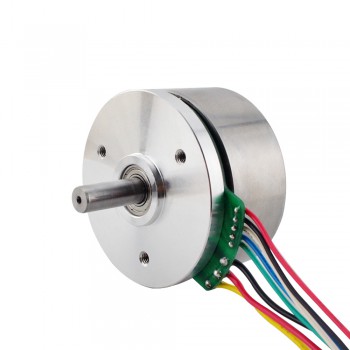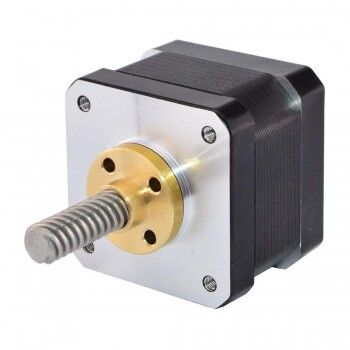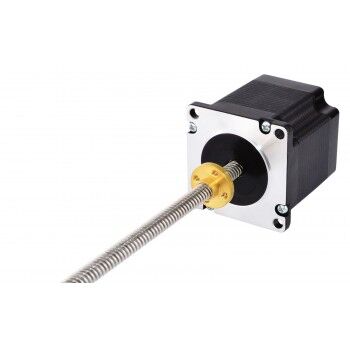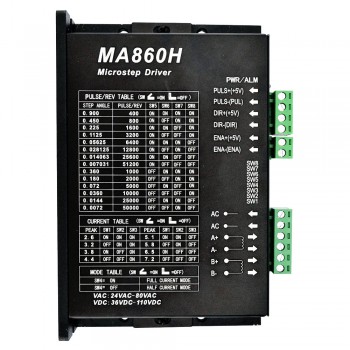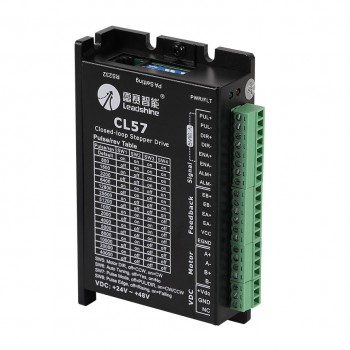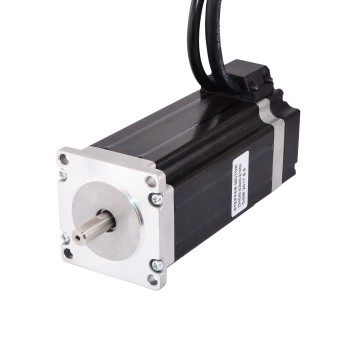1.Introduction
Linear stepper motor is a commonly used precision motion control device, which is used to realize linear motion control of various mechanical equipment, such as printing equipment, cutting equipment, medical equipment, 3D printers, etc. Correct selection of linear stepper motor is one of the key factors to realize motion control of these equipment. The following describes how to select a suitable linear stepper motor according to the application scenario and performance requirements.
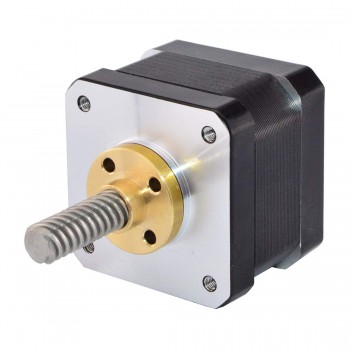
2.Motor parameters
1.Load quality: Linear stepper motor needs load when working, so it is necessary to select an appropriate motor according to the load quality. Generally, it is necessary to ensure that the maximum value of the load under normal working conditions of the motor is within the rated load range of the motor.
2.Drive voltage: The motor drive requires a certain voltage. When selecting, it is necessary to select the motor according to the voltage situation, and generally select the highest voltage within the motor voltage range.
3.Step angle: The step angle is an important parameter when controlling the motor, and it needs to be determined according to the step angle when selecting.
4.Number of steps: The larger the number of motor steps, the higher the corresponding position control accuracy.
3.Driving mode
1.Open-loop control: Open-loop control means that the linear stepper motor has no position feedback mechanism, so the movement accuracy cannot be guaranteed during control.
2.Closed-loop control: Closed-loop control ensures the accuracy of motor movement through position feedback mechanism. When choosing closed-loop control, you need to choose a position feedback device with sufficient accuracy, such as photoelectric encoder, magnetic encoder, etc.
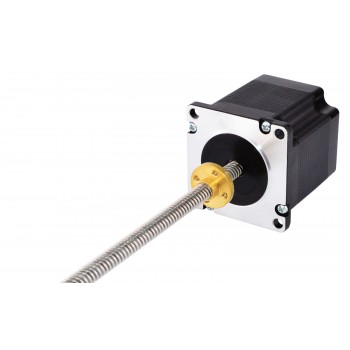
4.Control mode
1.Pulse/direction control: Pulse/direction control controls the motor movement by generating pulse signals, which is suitable for slower motion control.
2.Step/direction control: Step/direction control achieves high-precision motion control by controlling the distance the motor moves each step.
5.Conclusion
In summary, choosing a suitable linear stepper motor according to the application scenario and performance requirements requires considering factors such as motor parameters, drive mode, and control mode. Correctly selecting a motor can ensure the normal operation and control accuracy of the equipment.
Source:https://steppermotor.pixnet.net/blog/post/154804873
